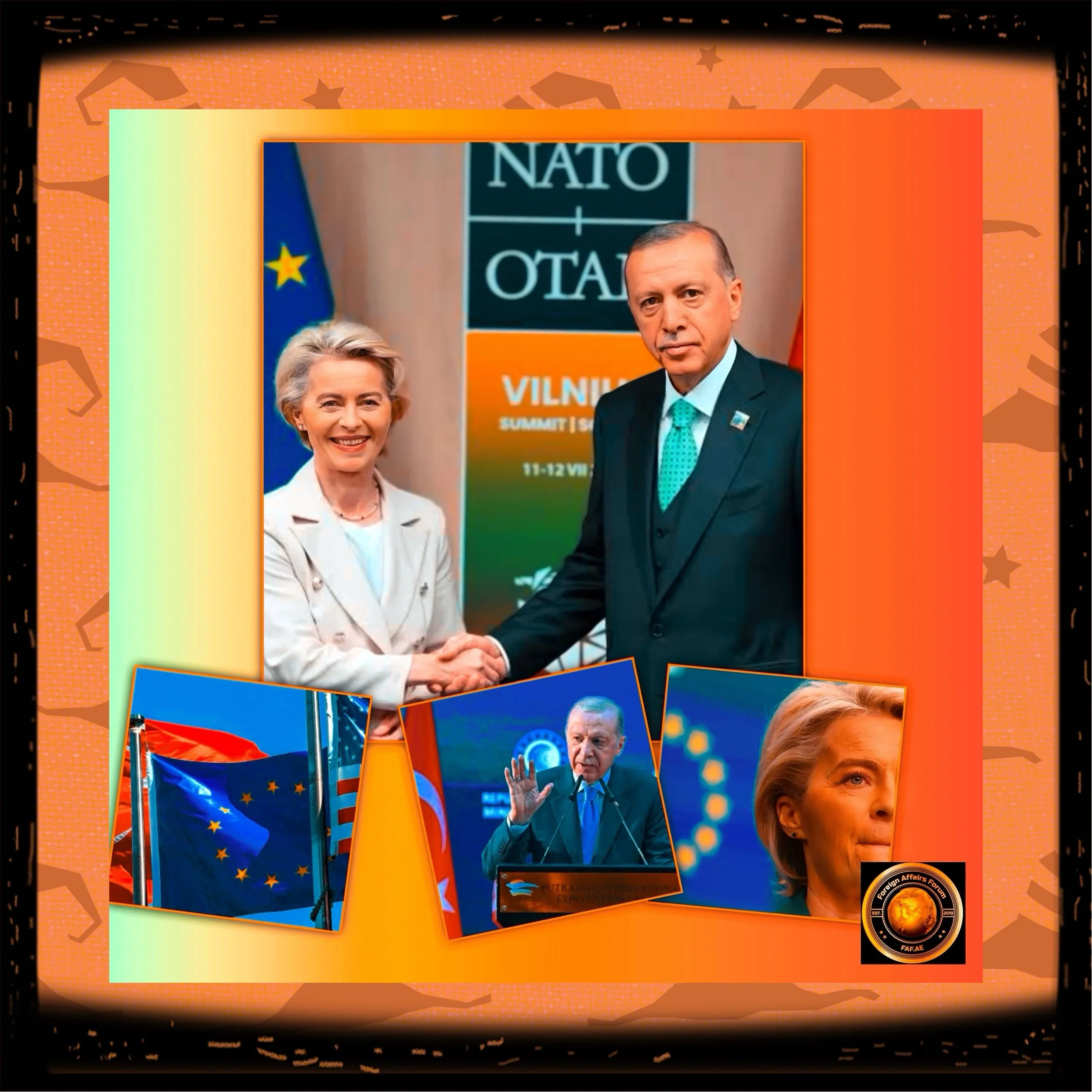European Union’s €800 Billion Defense Funding Plan: Analysis and Implications
Introduction
The European Union has recently unveiled a comprehensive plan to mobilize approximately €800 billion ($870 billion) for defense spending over the next four years.
This ambitious initiative represents a significant shift in European defense policy and requires careful examination of its financing mechanisms, procurement goals, political challenges, and strategic implications.
The ReArm Europe Plan and Financing Structure
The European Commission has proposed a multilayered approach to finance this substantial defense build-up, centered around five key mechanisms:
The SAFE Loan Program
The plan's cornerstone is the Security Action For Europe (SAFE) program, which will provide up to €150 billion in loans to member states for defense investments.
These loans would have exceptionally long repayment terms of up to 45 years, leveraging the EU’s AAA credit rating to secure favorable borrowing conditions.
Countries can apply for this financing until the end of 2030.
Fiscal Flexibility and National Spending
A temporary exemption from the EU deficit rules would provide the most substantial portion of the €800 billion.
The Commission has proposed activating the “National Escape Clause” of the Stability and Growth Pact, allowing member states to exceed the 3% budget deficit limit by up to 1.5% of GDP for defense spending over four years.
This could potentially mobilize up to €650 billion in additional defense expenditure.
Additional Funding Sources
The remaining components include:
Repurposing existing cohesion funds from the 2021-2027 EU budget for defense-related projects
Expanded European Investment Bank financing for defense initiatives
A new “Savings and Investment Union” to mobilize private capital
Priority Defense Capabilities
The Commission has clearly defined the defense capabilities it aims to enhance through this significant investment:
Air and Missile Defense Systems
Air and missile defense represents a top priority, with projects already receiving initial funding. The Commission has approved €60 million each for the MISTRAL short-range and IRIS-T SLM medium-range air defense systems.
Critical Combat and Intelligence Systems
Other priority capabilities include:
Artillery systems, missiles, and ammunition production
Drones and counter-drone technologies
Electronic warfare equipment and cyber defense capabilities
Strategic enablers such as air-to-air refueling and military airlift aircraft
Space-based capabilities and artificial intelligence
The plan includes strict requirements that at least 65% of components for equipment purchased through SAFE must be sourced from the EU, European Economic Area, European Free Trade Association, or Ukraine.
This represents a clear pivot toward strengthening the European defense industrial base.
Political Opposition and Challenges
While many EU countries support the initiative, it faces significant opposition:
Italy’s Rejection
Italy has emerged as a prominent critic of the plan. Prime Minister Giorgia Meloni has specifically opposed the debt rule exemption scheme despite her government previously advocating for defense spending exclusions from EU deficit limits.
This reversal appears driven by domestic political considerations. According to recent polling, 54.6% of Italians oppose the €800 billion spending plan.
Hungary Rejection
Victor Orban rejected the idea that the country could not take on this burden of loans, which would burden future generations. Another fact is that the Hungry are pro-Russia and pro-US, which puts them at risk aversion.
Financing Concerns
Some member states are concerned about taking on additional debt.
Italy’s Prime Minister Meloni has suggested she would prefer direct EU funding that “does not directly impact the state debts” or a more significant mobilization of private capital.
This highlights the tension between military necessity and fiscal responsibility that complicates implementation.
Impact on NATO and European Defense Strategy
This defense funding initiative represents a significant step toward greater European strategic autonomy, but its relationship with NATO remains complex.
Complementary Approach
The funding is not explicitly for NATO operations and does not establish a centralized EU defense army.
Instead, it aims to strengthen individual member states’ defense capabilities through coordinated procurement.
The EU white paper acknowledges that “capability gaps can be closed by acquiring capabilities for high-intensity warfare in line with EU and NATO capability processes.”
Shifting Transatlantic Balance
The initiative reflects growing European concerns about over-reliance on the United States for security.
EU Foreign Policy Chief Kaja Kallas noted that Europe must prepare for potential Russian aggression regardless of peace talks regarding Ukraine.
Defense Commissioner Andrius Kubilius was even more direct, stating: “450 million citizens of the European Union should not rely on 340 million Americans for our defense against 140 million Russians, who are unable to defeat 38 million Ukrainians”.
NATO Relevance
Despite this push for greater European defense autonomy, NATO remains the cornerstone of European security architecture.
Italian Defense Minister Guido Crosetto emphasized this point, writing that “the only concrete and practical defense model, here and now, is NATO.”
The funding initiative appears to strengthen Europe’s contribution to collective defense rather than replace existing structures.
Future Implications and Implementation Timeline
The EU has established 2030 as the target date for achieving “full readiness” in its defense capabilities. This timeline aligns with intelligence assessments suggesting Russia could challenge NATO before the decade's end.
Economic and Industrial Impact
The initiative aims to expand Europe’s defense industrial base significantly. EU defense spending has increased by over 31% since 2021, reaching €326 billion in 2024. Defense investments have nearly doubled since 2021, reaching €102 billion in 2024. The new plan would accelerate this trend dramatically.
Joint Projects
The plan emphasizes collaborative procurement to achieve economies of scale. Initial projects have already received funding through the European Defence Industry Reinforcement through Common Procurement (EDIRPA) mechanism, with €60 million allocated to each of five cross-border defense procurement projects.
Conclusion
The EU’s €800 billion defense funding initiative represents a watershed moment in European security policy, driven by growing concerns about Russian aggression and uncertainty regarding American security guarantees.
While not establishing a European army, it aims to significantly strengthen member states’ defense capabilities through coordinated procurement and investment in the European defense industrial base.
The plan faces political challenges, particularly around debt financing mechanisms, but reflects a growing consensus that Europe must assume greater responsibility for its security.
Implementing it over the coming years will significantly reshape European defense capabilities and potentially alter the transatlantic security relationship.






